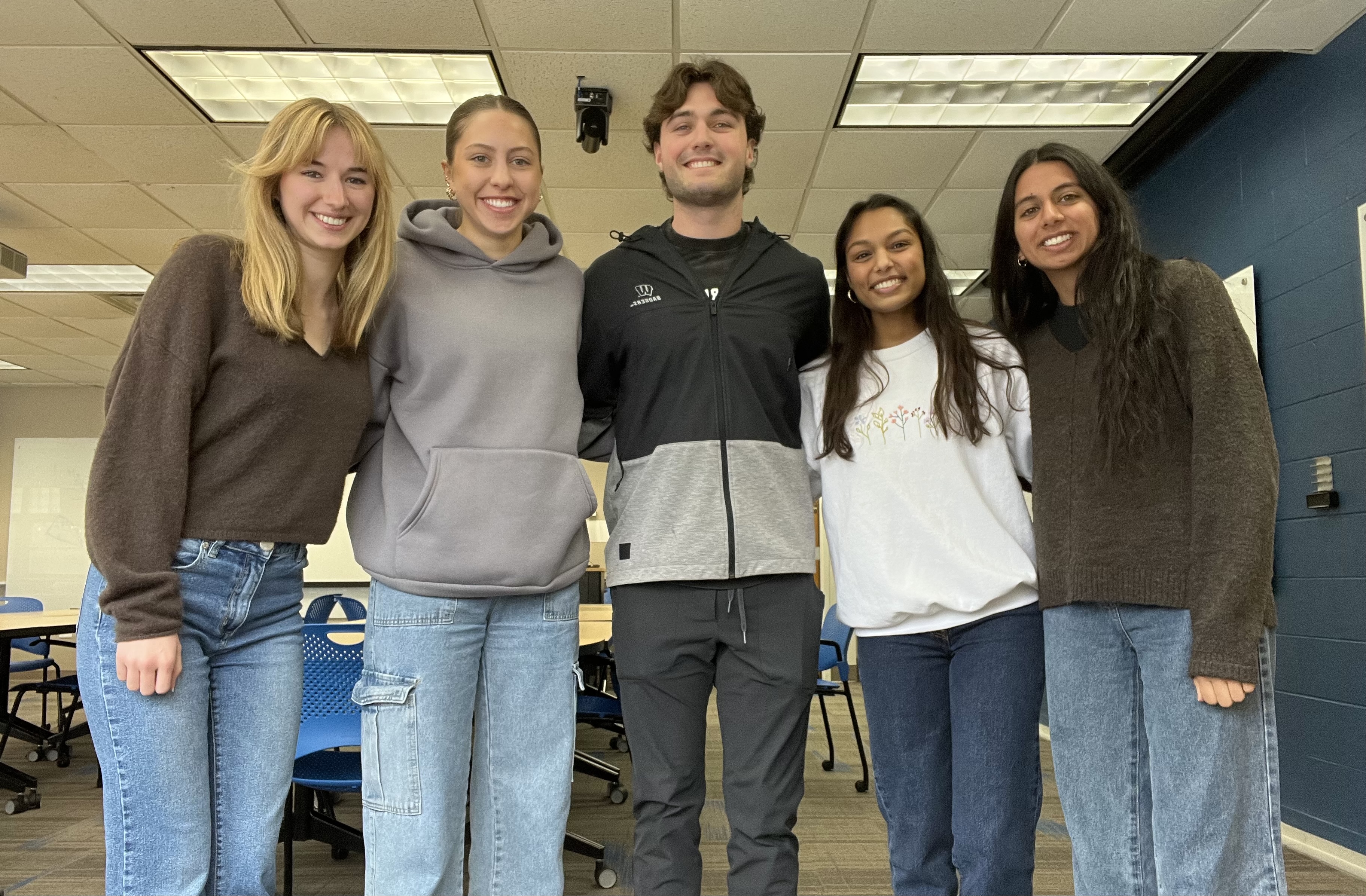Asymmetrical Force Sensor for Rowing Biomechanics
Force plate system capable of gathering biomechanical data from rowers’ lower extremities, thus compiling proper biofeedback to display for coaches and athletes alike.
Design Award
- Design Excellence Award Winner
Project Overview
Elite rowers that engage in a high volume of training can suffer from a variety of injuries, the most common occurring in the lumbar spine. As rowing is a full-body movement, perfecting technique and maintaining proper form is essential to preventing such injuries and improving performance overall. The team’s goal is to create a wireless sensor system in the rowboat for the UW-Madison Women’s Rowing Team to measure real-time biokinetic data. The device will capture load distribution during time of use and will assess lower extremity asymmetry to establish risk stratification. Additionally, the team aims to translate the force plate system into a user-friendly interface that will enable coaches and athletes to understand essential biofeedback information, thereby improving both athletes' performance and safeguarding against injuries.
Team Picture

Image

Files
- Final Report (May 3, 2024)
- Final Notebook (May 3, 2024)
- Final Poster Presentation (April 24, 2024)
- Executive Summary (April 20, 2024)
- Preliminary Report (March 8, 2024)
- Preliminary Presentation (March 1, 2024)
- PDS (February 8, 2024)
Contact Information
Team Members
- Neha Kulkarni - Team Leader
- Simerjot Kaur - Communicator
- Allicia Moeller - BSAC
- Emily Wadzinski - BWIG
- Colin Fessenden - BPAG
Advisor and Client
- Sarah Edwards - Advisor
- Prof. John Puccinelli - Advisor
- Dr. Jill Thein-Nissenbaum - Client
- Ms. Tricia De Souza - Alternate Contact
Related Projects
- Spring 2025: Asymmetrical Force Sensor for Rowing Biomechanics
- Fall 2024: Asymmetrical Force Sensor for Rowing Biomechanics
- Spring 2024: Asymmetrical Force Sensor for Rowing Biomechanics
- Fall 2023: Lower extremity force plates to determine accuracy of biomechanical movement of crew athletes during erging and sweep rowing
